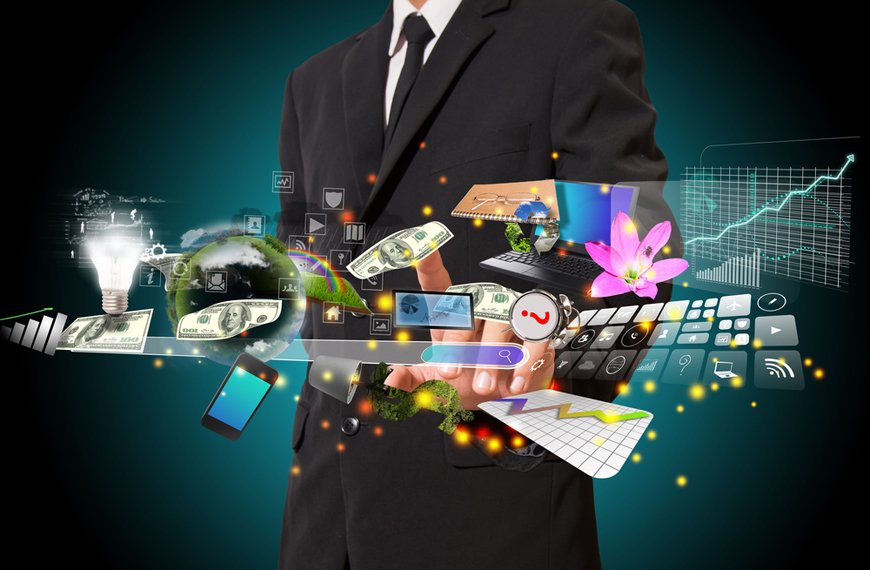“More relevant and valuable connections will change the world.”
Or at least, that is the viewpoint of Cisco’s Chief Futurist Dave Evans (2012), discussing the importance of the Internet of Everything (IoE) and what this will mean for us all. Importantly, as Evans clearly points out, despite the developments of the past 50 years and with tremendous improvements in communications, medicine, science and more there are still some very basic, fundamental problems that remain with the human race. Not least of which is the fact that the human race has itself nearly tripled in the past 50 years. Evans details these well-known problems as being hunger, access to drinking water and disease. Additionally the global financial system has demonstrated itself to not be as stable as we thought. Climate change also threatens our existence in many ways. Evans suggests that when used effectively the Internet has the capability to help us to deal with many of the issues we face in society today.
The four components of the Internet of Everything
As we all know, currently we are entering the age of the Internet of Things. As of the time of writing his paper, the Internet was thought to connect to between 10 and 15 billion devices, but this represented just 1% of the things that could possibly be connected to the internet. The Internet of Things is explained to be the “networked connection of physical objects,” offering greater value to organisations that welcome the Internet of Everything. Evans outlines how areas like processing power, context awareness and energy independence can all be improved on through the Internet of Everything. As explained by Evans:
“As things add capabilities like context awareness, increased processing power and energy independence, and as more people and new types of information are connected, IoT becomes an Internet of Everything.”
The Internet of Everything in itself is explained to be a network of networks where billions/trillions of connections create both new opportunities and new risks. Evans argues that the Internet of Everything has some important components. What will be those components:
People: Currently people connect to the internet using devices and social networks in the future it is explained that connection will be possible in other ways, such as swallowing a pill that can report on the health of the person’s digestive tract to a doctor. People will become an important part of the Internet of Things in this way, providing feedback to the Internet.
Data: Naturally, data is another necessary component of the Internet of Things. This data will be gathered and streamed to a central source, and will later become information rather than just raw data. This will allow for more intelligent decision making in the future.
Things: The third component is things, such as sensors, consumer devices and others that will be able to sense data and become aware of their context. These will be able to transmit data as a part of the Internet of Things.
Processes: None of this will happen without the fourth component of processes which will help these other components interact with one another to deliver value.
Evans proposes that all of this has huge potential for dealing with some of the most challenging problems that we face. He believes the Internet of Everything will allow us to be “better stewards of our finite resources” working more effectively within our environment to conquer climate change. Since the Internet of Everything will allow a better ability to predict long-term weather patterns it is argued that farmers will be able to plant seeds that have the best chance of flourishing in the most inexpensive way, and this will provide food to those in areas of none. Smart sensors will also be able to improve drinking water by detecting leaks and problems and enabling them to be fixed. While all of this might seem a bit like daydreaming, Evans asks that people think about what is really possible if the Internet of Everything is used to its full potential.
Of course, as Evans rightly points out there will be barriers to achieving all that could be. These may be well-known ones such as privacy,security and reliability, but other problems may require discussion and regulation to overcome the social and political impact of the internet of everything. There will also be a need for technical barriers to be overcome so that issues such as powering the tiny devices can be achieved. But if the barriers can be overcome the change possible will be phenomenal.
Reading List about the Internet and Everything, IoT and Blockchain
Blockchain Revolution: How the Technology Behind Bitcoin Is Changing Money, Business and the World
Blockchain: Blueprint for a New Economy
The Business Blockchain: Promise, Practice, and Application of the Next Internet Technology
Industry 4.0: The Industrial Internet of Things
Designing the Internet of Things
Internet of Things: A Hands-On Approach

Paula Newton is a business writer, editor and management consultant with extensive experience writing and consulting for both start-ups and long established companies. She has ten years management and leadership experience gained at BSkyB in London and Viva Travel Guides in Quito, Ecuador, giving her a depth of insight into innovation in international business. With an MBA from the University of Hull and many years of experience running her own business consultancy, Paula’s background allows her to connect with a diverse range of clients, including cutting edge technology and web-based start-ups but also multinationals in need of assistance. Paula has played a defining role in shaping organizational strategy for a wide range of different organizations, including for-profit, NGOs and charities. Paula has also served on the Board of Directors for the South American Explorers Club in Quito, Ecuador.












